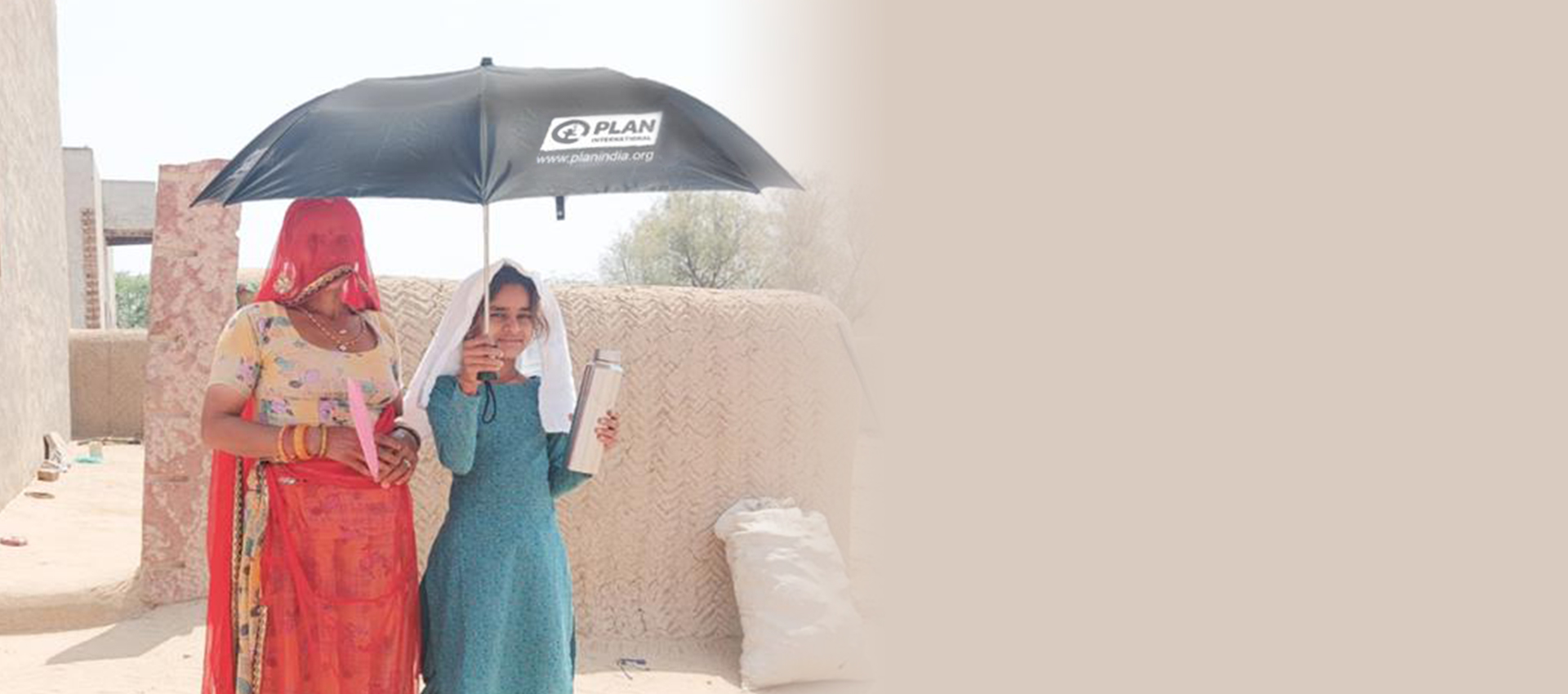Empowering Children Through Education
Children from disadvantaged communities often face barriers that disrupt their education—economic hardship and long-standing gender norms being the most critical. Girls, in particular, are at a higher risk of dropping out due to these challenges.
At Plan India, we are committed to breaking these barriers. Our latest initiative focuses on empowering every child—especially girls—to stay in school and thrive. By July 2025, we aim to distribute 5,000 education kits to children from marginalized communities, with a special focus on reaching girls from underprivileged families.
These kits will provide essential learning tools to help 5,000 school-going children continue their education and transition confidently into the next academic year.
Together, we can ensure no child is left behind. Join us in creating lasting impact through the power of education.
What’s in the Education Kit –
- Notebooks and stationery
- A sturdy school bag
- Hygiene essentials
- Access to online learning materials
S No. Items Quantity
| 1 Long Note Book (Ruled) 5 nos. | (140 Pages, Single Line, 297mm x 210mm, soft cover) |
| 2 Short Note Book (Ruled) | (172 Pages, 240 mm x 180mm, soft cover) 5 nos. |
| 3 Ball Pen | (10 Nos) 2 pkts |
| 4 Pencils -Extra dark | (10 pencils with sharpener, eraser) 1 pkt |
| 5 Geometry | Box 1 |
| 6 Eraser | (pack of 10) 1 |
| 7 12” Ruler | Standard Metallic 1 |
| 8 Exam | Board 1 |
| 9 One Pouch -Recyclable Plastic 12” inches | 3‐5 mm thick Standard Thickness 1 |
| 10 School Bag | Premium Unisex, Colour: Black/blue, made from best quality pvc coated polyester fabric of 400 GSM, Bag Weight 500 Grams, Ready Size 19” x 13" x 6”, water resistant, 3 compartments, Branding on Front Side, 2 side pockets 1 |
| 11 Hygiene essentials (including sanitary napkins for girls) | 1 packet (20 pieces) |
| 12 Soaps | 5 pieces |
Every contribution, no matter the size, will directly support our on the ground efforts to provide timely help and even save lives.
Act now. Your compassion can bring immediate relief.
Secure Payment | 80G Tax Benefit | Regular Impact Updates.









